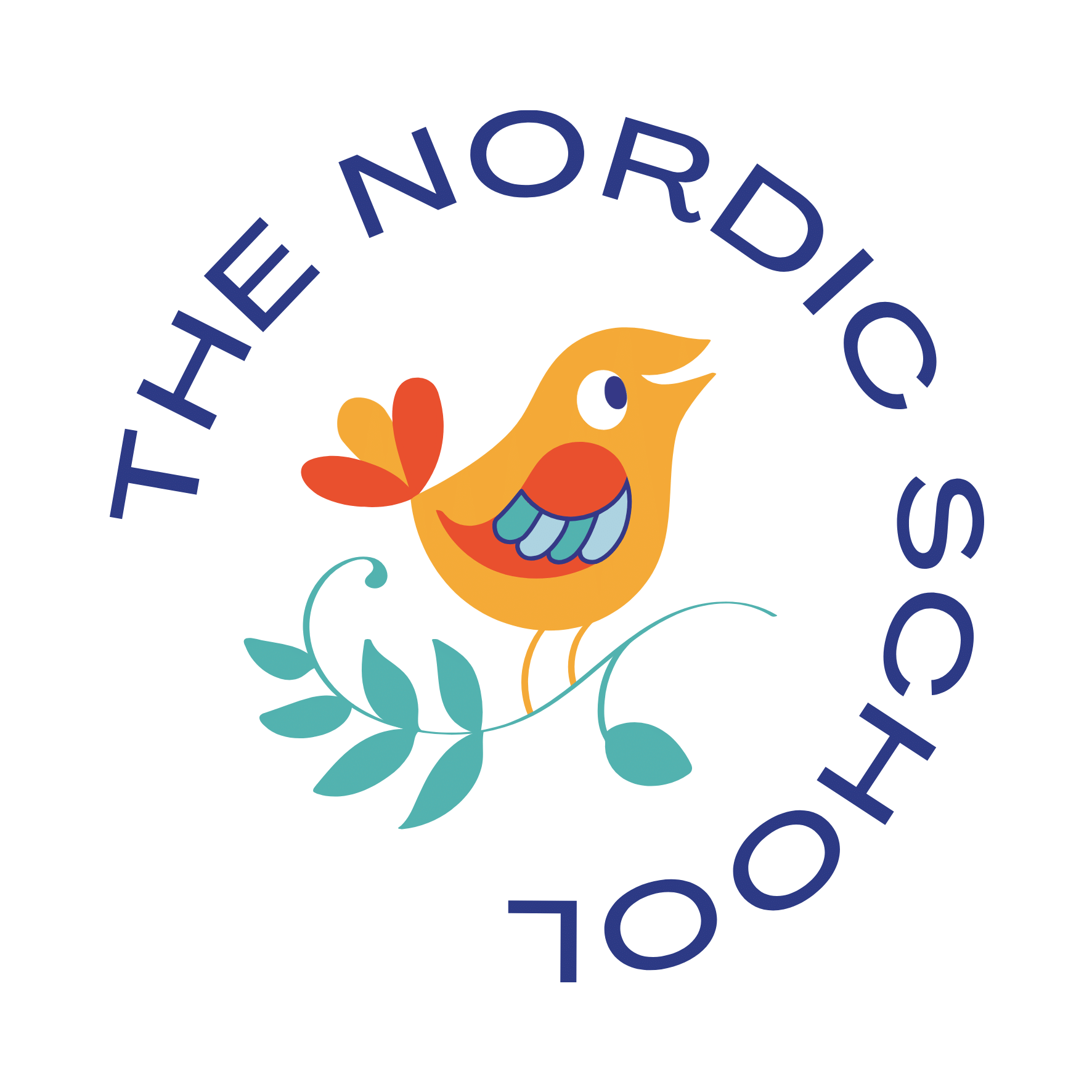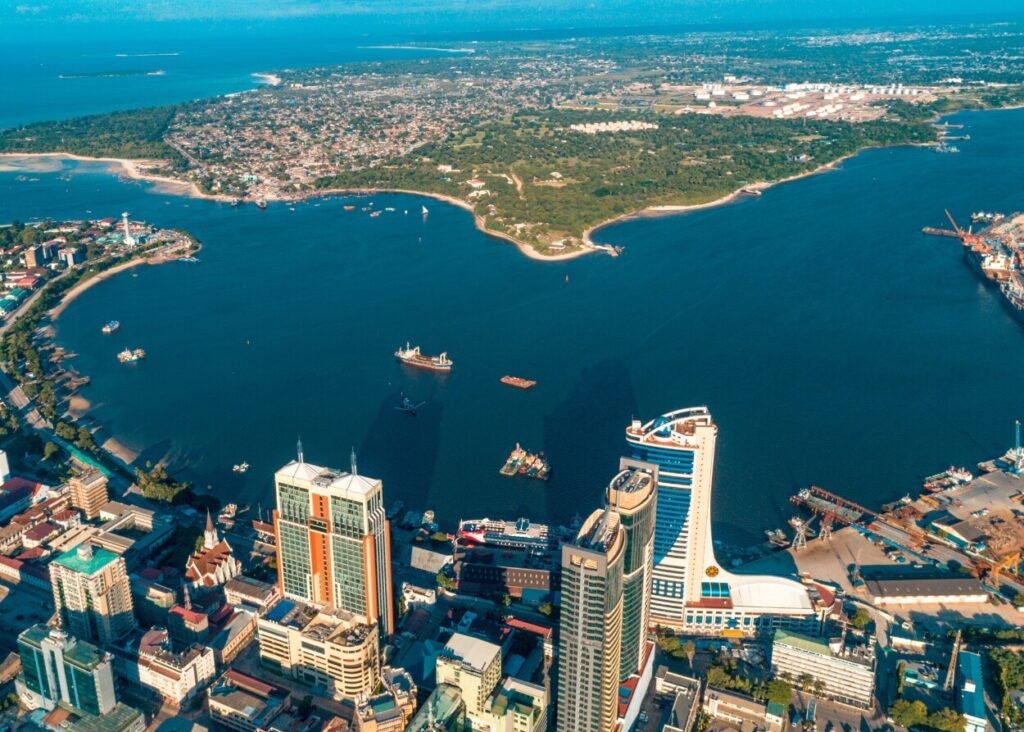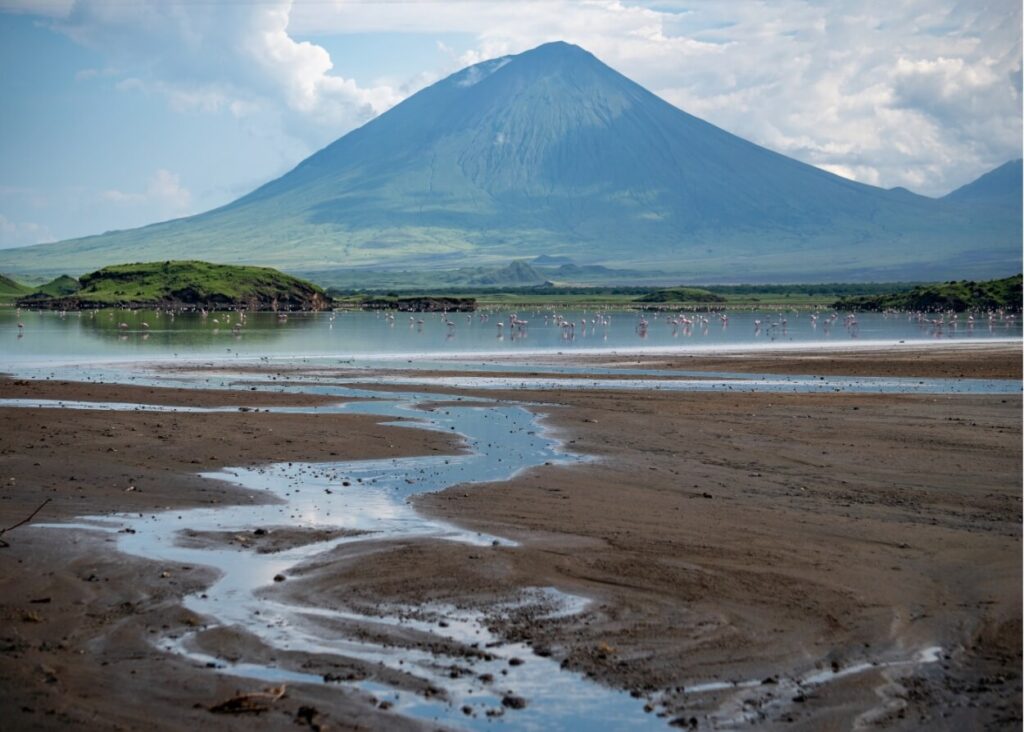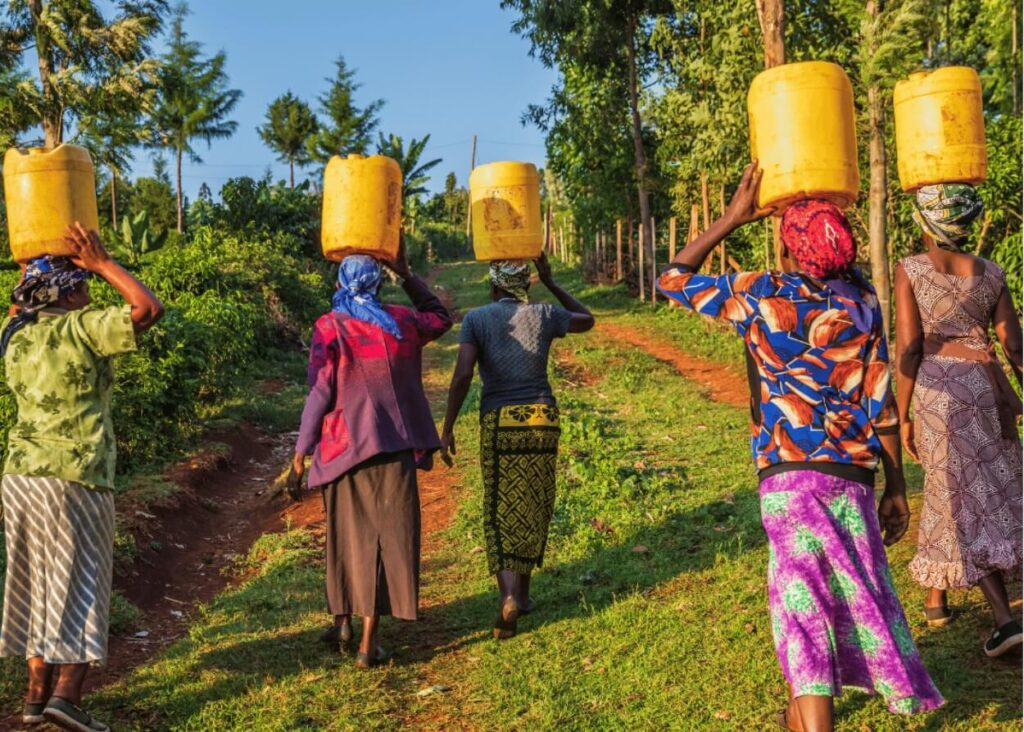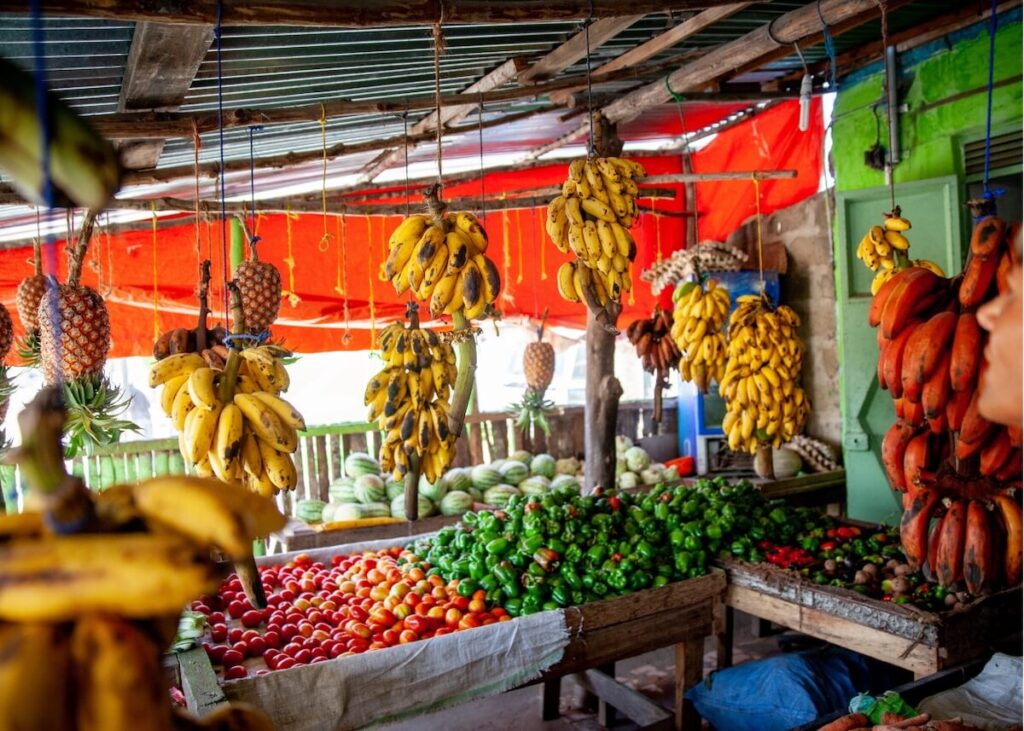Living in Tanzania
- Home
- >
- Living in Tanzania
Welcome to Dar es Salaam!
As you and your family embark on a journey through the sights and sounds of this dynamic city, taking in the vivid impressions of your new home, questions about your new community, the appearance of your home, and the school will naturally arise. These uncertainties are part of the exciting transition to a new place. As a community, we hope we can be of help so that you and your family can navigate this journey, exploring Tanzania’s rich culture, our school community, and the myriad opportunities that await. Embrace this chance to learn, grow, and make lasting memories as you settle into your new home!
Tanzania is a lively and picturesque country, celebrated for its breathtaking landscapes, rich cultural heritage, and welcoming hospitality. Here, you will discover a wonderful mix of traditional and modern lifestyles, making it a great place for both learning and adventure.
About Tanzania
As noted by the Tanzania Tourist Board, this nation boasts more wildlife and surface water per square kilometer than any other country in Africa. Here are some more key facts:
- Population: Approximately 61 million people, with Native Africans making up 99% of the population.
- Seasons: The green, rainy season runs from April to May, followed by the cool season from June to September. The hottest months are from October to March, and a short rainy season occurs from November to December.
- Temperature: Tanzania typically experiences warm weather, with temperatures ranging from 20 to 30 degrees Celsius (68 to 86 degrees Fahrenheit).
- Language: The official languages are Swahili and English.
- Currency: The Tanzanian shilling is the official currency, however the US Dollar is widely used in tourism but may not be accepted everywhere.
- Politics: Tanzania functions as a multiparty democratic republic.
- Capital: Dodoma is the official capital, while Dar es Salaam serves as the commercial capital.
About Dar es salaam
Dar es Salaam, a city steeped in history, traces its origins to the late 19th century when it was founded by Sultan Majid bin Said, the inaugural ruler of Zanzibar. Translating from Arabic, Dar es Salaam means “abode (home) of peace”.
Here are some key facts:
- Population: with an estimated population of 7.7 milllion it is the largest city in East Africa and the 5th largest in Africa.
- Time zones: Eastern Africa Time (EAT), +3 hours of Coordinated Universal Time (UTC)
- Landmarks: Askari Monument, National Museum & House of Culture, the Botanical Gardens, St. Joseph’s Cathedral and the Old State House
Dar es Salaam is located in the eastern coastal region of the nation. Dar’s harbour is the main port in Tanzania, and therefore government offices have their base here. Diplomatic missions and non- governmental organizations also have a presence in the city.
There are many things you can do to immerse yourself in Tanzania’s culture: try local foods, visit the markets, go to music and cultural events, go to the beach.
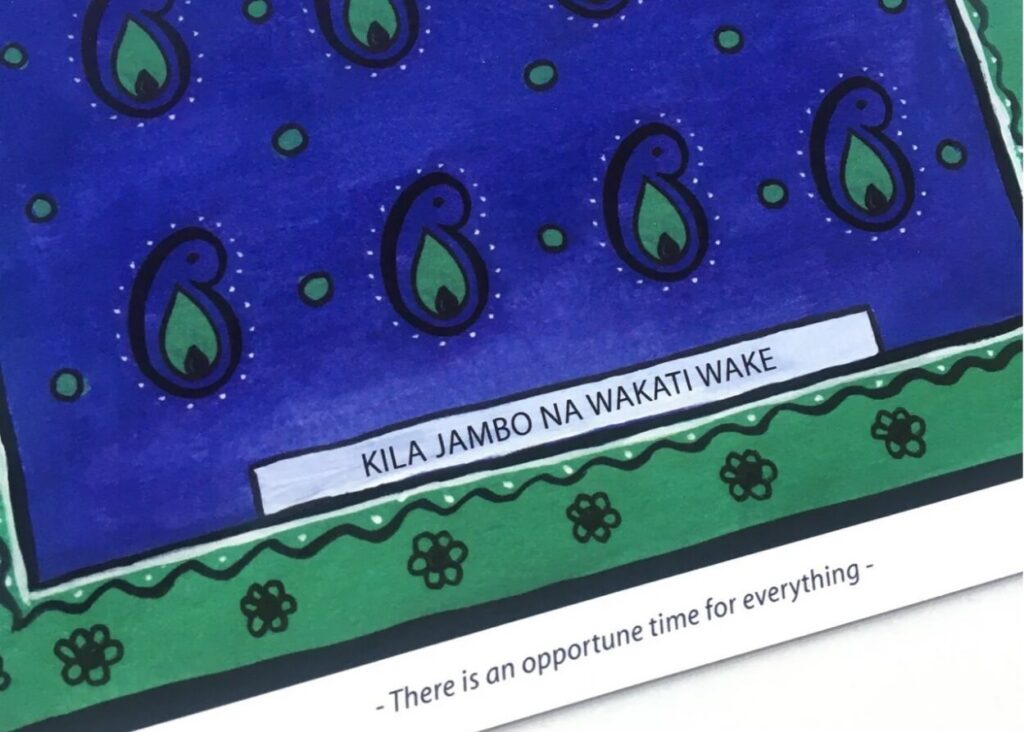
Swahili phrases
One of the simplest ways to embrace your new city is by immersing yourself in the local culture. Take the time to learn some basic Swahili phrases. When you enter a store, greeting with “hello” and saying “thank you” in the local language will help you feel more connected to the community and demonstrate your respect for the local people.
Here are a few useful phrases to get you started:
- Karibu: Welcome
- Habari yako: How are you?
- Nzuri: Good (standard reply to how are you)
- Asante: Thank you
- Hapana: No
- Ndiyo: Yes
- Sawa: Ok
- Rafiki: Friend
- Samahani: Sorry
- Kwaheri: Bye bye
